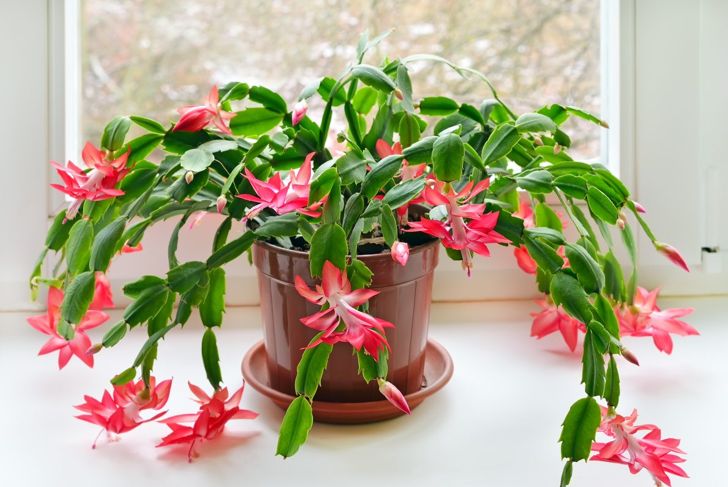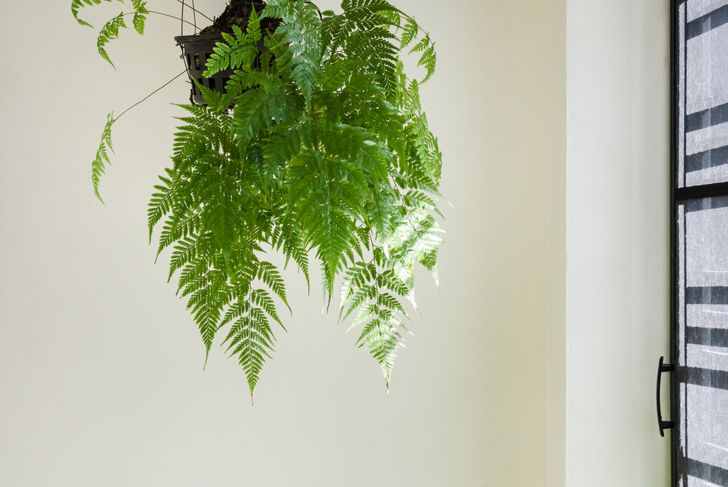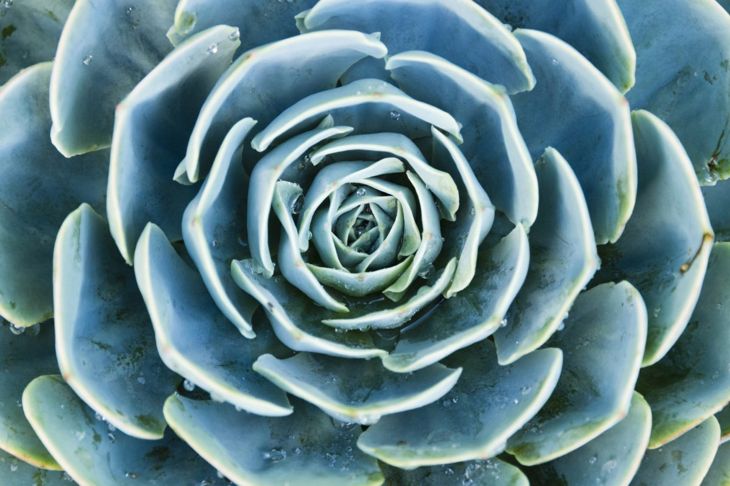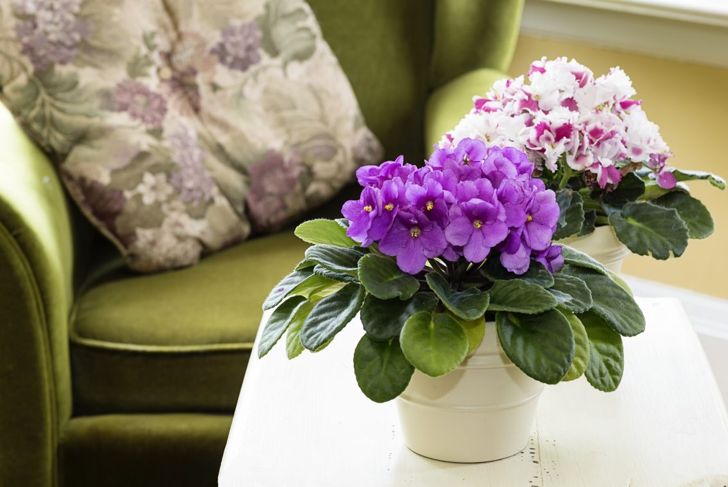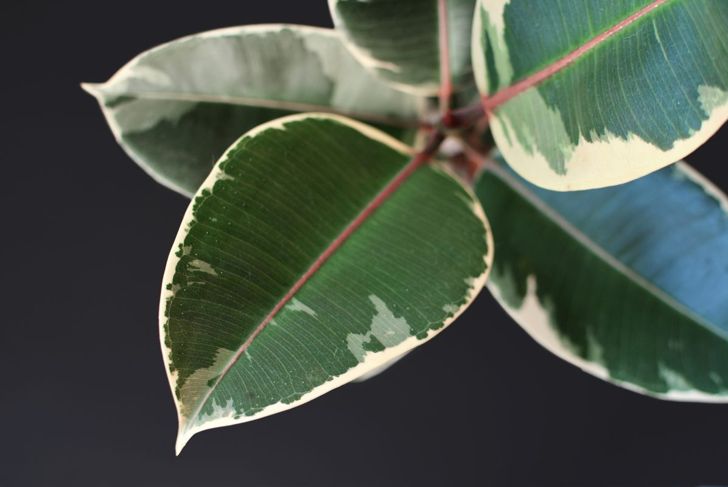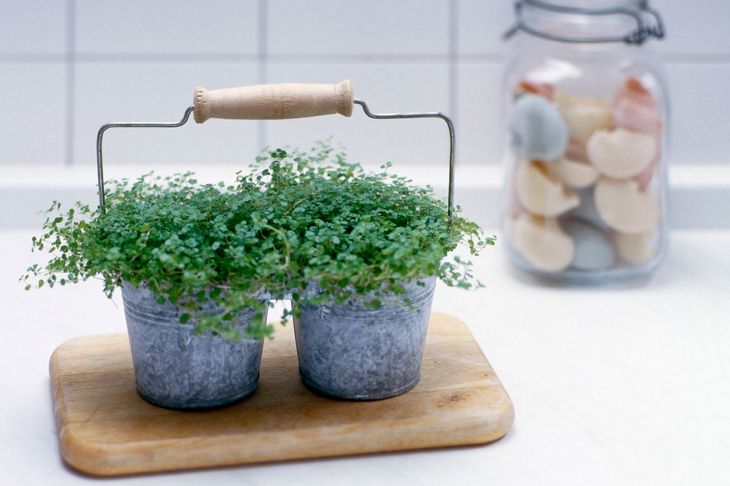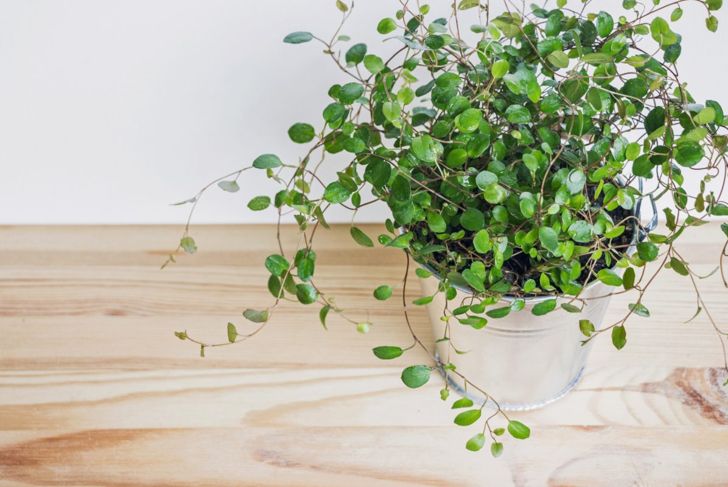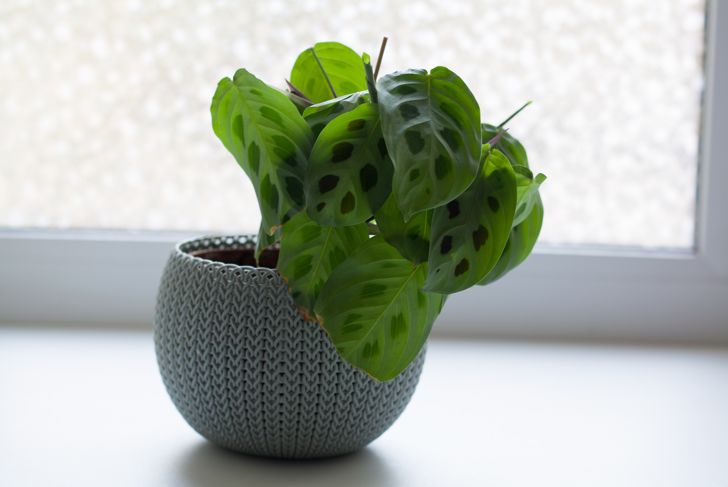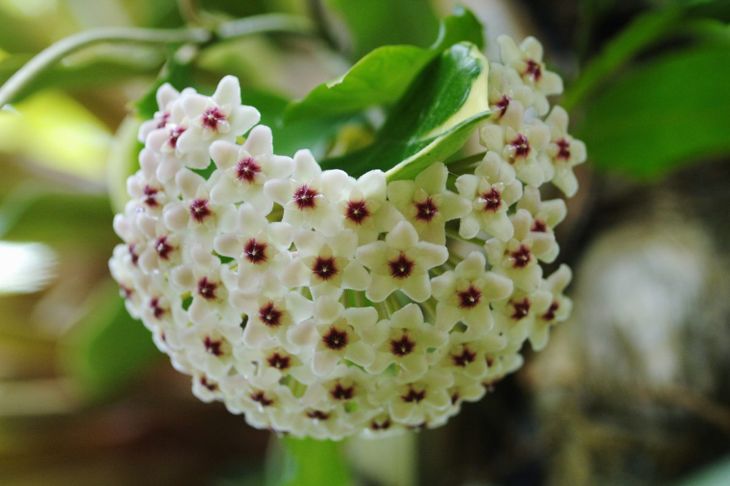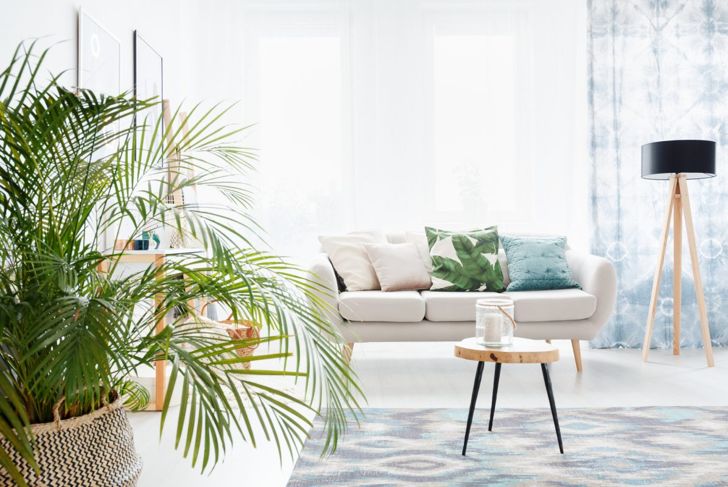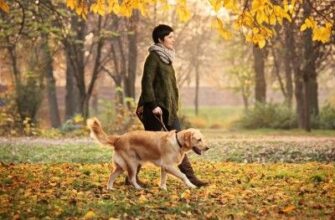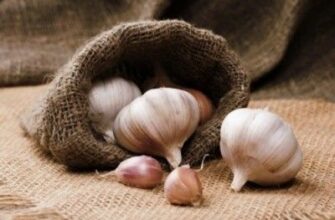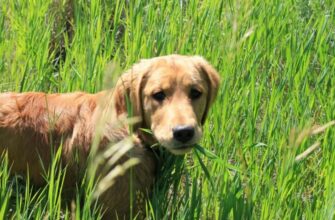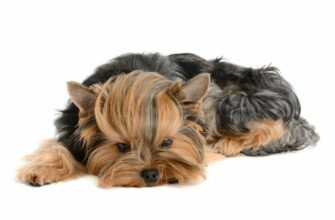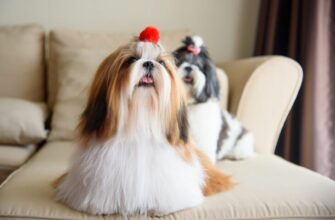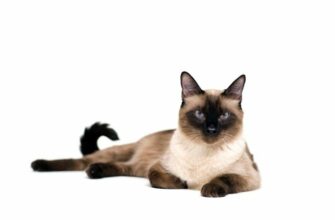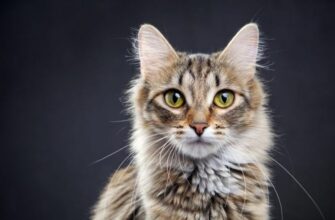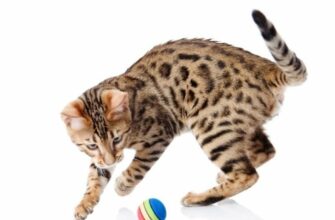Plants can help add life and color into any room. On top of that, studies have shown that adding house plants into your living space can also help boost your mood and increase productivity. Not to mention, adding plants into your space can help reduce toxins in the air, making it less likely you'll fall ill with a cold. However, if you have pets or children, it is important to know what plants are safe to have in your home.
Add some color with a Christmas Cactus
The Christmas cactus is a beautiful plant and blossoms in the spring and summer months. Christmas cacti are extremely easy to care for and propagate. All you need to do is cut a Y shape from the stem tips. Make sure the segment is taken from healthy foliage only. Then place it a quarter of its length deep into some slightly sandy soil and place it in a well-lit area, but out of direct sunlight.Once it begins to grow, you can transfer it to another pot with a mix of compost, loam, and sand. It will require thorough watering and prefers temperatures between 60 and 70 degrees with moderate to high humidity levels.
Boston ferns are the only safe fern
Ferns are a popular house plant, but many people don't know they are extremely toxic. The only kind of fern that isn't is the Boston fern. So, if you are looking for a pretty plant that your cat can also gnaw on, they are the way to go. They are also fairly low maintenance. The plant will do best in an even-parts mixture of peat moss, sand, and garden soil.It is also important that the pot you are using is large enough to allow the fern to sit comfortably without its roots being near the drain holes. The fern can be planted about halfway to the top of the pot, leaving one inch of space at the top. Ferns do well in warmer, more humid climates —between 65 and 75 degrees. Keep the soil moist and out of direct sunlight to maintain the plant's health.
Add blue echeveria for a unique touch
Succulents have risen in popularity among house plant lovers in recent years. Much of this is because they are relatively low maintenance. The blue echeveria is in the succulent family and it is bluish in color with a flower shape to it. They are truly remarkable. It likes to have access to plenty of light and doesn't require much watering. The ideal soil is equal parts sharp sand and all-purpose potting soil.During the summer, be sure to keep the soil lightly moist and water it sparingly during the winter. Typically, gardeners with blue echeveria take their plants outside during the warmer summer months and bring the sun-loving succulent inside once temperatures reach below 55 degrees. You may also find your echeveria grows quickly. If the pot gets crowded, cut one of the buds and propagate it in a new pot.
Splash some color into the room with African violets
African violets are a gorgeous flower and that thrives in an indoor environment because it is sensitive to temperature changes. It can also be finicky about what type of soil and how much water it receives. You will want to buy soil made for African violets. There are a number of special mixes you can buy, or you can make your own from equal parts peat moss, vermiculite, and perlite.When you water your African violets, it is important to be sure you don't water the foliage directly. This can cause damage and spots on the flowers. The violets also prefer lukewarm water that has been standing for 48 hours. Water the plant when the soil feels less moist to the touch. Light needs to be bright to medium intensity and you should turn the pot on a regular basis to keep the flowers from reaching for the sun.
Baby rubber plants add yellow and greens to the room
Another plant to consider when looking for non-toxic house plants is the Ficus elastic or baby rubber plants. It is native to Florida and the Caribbean, which makes it thrive in sunny, humid environments. Although they aren't suited for intense, direct sunlight, baby rubber plants prefer medium to brightly lit areas.A peat-based soil is best for baby rubber plants. You can also use soil that is two parts peat and one part perlite, or sand. For watering, you should allow the soil to dry out almost completely before adding any moisture. Depending on the season, this will mean you have to water it once or twice a week. As the plant grows, you will need to re-pot fairly often because it has a small root system. If you want to propagate the plant, it is as easy as cutting a few centimeters of the stem.
This plant with a funny name will brighten up any room
Most people know it by Baby's tears or Paddy's wig, but it has many names. Whatever you call it, Baby's tears are another great non-toxic house plant to add to your collection. To plant it, you will need a rich, moist loam. It is also acceptable to use a commercial potting soil mixed with peat moss.Baby's tears also require a drained pot and do best in bright, filtered sunlight with moist conditions. They need a lot of water and will start to wilt quickly if they become dry. Baby's tears like humidity and appreciate an average temperature between 50 and 70 degrees.
Bring in a breath of fresh air with Swedish ivy
Swedish ivy doesn't give much about itself away with its name. The plant actually originates from southern Africa and enjoys humidity, high moisture, and direct sunlight. Like other types of ivy, Swedish ivy doesn't take much care. However, you will need to regularly prune the plant to keep it healthy. You can take these trimmings and propagate them by putting the stem cuttings in water or moist peat moss-based potting soil.It is also important to note you should water it from the spring through the fall when it is actively growing and sparingly throughout the winter. Swedish ivy also loves being spritzed with room-temperature water.
Add serenity to the room with a prayer plant
Prayer plants get their name from the way their leaves fold up at night, making it look like hands turned up in prayer. As with many plants that prefer warmer, more humid climates, the prayer plant does best if you keep its soil dryer in the winter months. However, in warmer weather, it enjoys being watered regularly and misted with warm water. It is recommended that you place it closer to other plants on colder days.If you wish to re-plant or propagate the plant it can be achieved by taking the stems just below the nodes, close to the bottom of the stem. Then place the stem cuttings into a mixture of peat and perlite and cover it with a plastic bag to maintain humidity. Find a sunny spot and place the stem trimmings there to spur growth along.
Wax plants can add a fresh scent to the room
Wax plants, also known as the Hindu rope or porcelain flower, hails from eastern Asia and Australia. They have a sweet scent and the plant typically prefers bright light. It thrives in regular potting soil mixes but you can also use a cactus soil mix. Like most other house plants, if the temperature in your home is comfortable for you, it is comfortable for the plant. The same goes for wax plants. Additionally, it does well in moist soil. During the summer, most people water once per week and once every other week in the winter.It is best to re-pot or transplant your wax plants in the spring or summer. Anyone growing one needs to keep in mind that they don't usually need to be re-potted for a couple of years. Similar to orchids, they will grow in a tight spot.
This plant will take the spotlight
The parlor palm can take up about 6 feet of space in a room, so it can easily become the plant spotlight. It typically enjoys low-light and shaded areas of the home. So, it is perfect to add a little color to the corner of a room. Intense light will cause the plant to shrivel. For watering, it is important to keep the soil evenly moist but well-drained.Parlor palms are among the slowest growing house plants out there. While many of them do get large, it can take years to get there. Because of this, it isn't common that you will have to re-pot or propagate your parlor palm. During the winter, it is important to trim any dead leaves.

 Home
Home Health
Health Diet & Nutrition
Diet & Nutrition Living Well
Living Well More
More